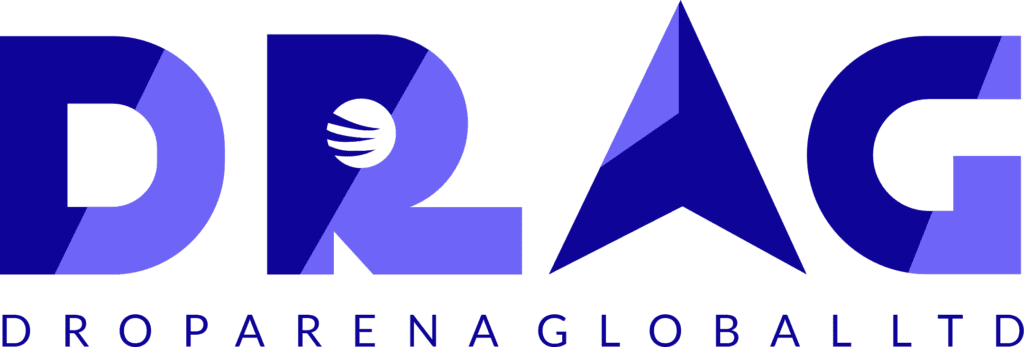In today’s digital age, the ability to monetize your expertise through professional courses and webinars has become a lucrative opportunity. However, success in this venture hinges on more than just knowledge; it requires creating engaging content, designing eye-catching landing pages, and implementing effective marketing strategies. In this guide, we’ll walk you through the steps to monetize your expertise, complete with real-world examples, actionable tips, and tricks to help you generate income from your online courses and webinars.
Step 1: Identify Your Niche and Audience
Understanding Your Market
- Research: Conduct market research to identify gaps in your field and understand the needs of your target audience.
- Survey Potential Students: Use tools like Google Forms or SurveyMonkey to gather insights about what your potential students are looking for.
Example: If you are an expert in digital marketing, focus on creating courses that address specific aspects like SEO, social media marketing, or content strategy.
Step 2: Plan Your Course or Webinar Content
Outline Your Curriculum
- Course Structure: Break down your course into modules and lessons. Each module should cover a specific topic in detail.
- Webinar Structure: For webinars, create a detailed agenda that outlines what you will cover in each segment.
Create Engaging Content
- Multimedia: Use a mix of videos, slides, infographics, and interactive quizzes to make your content engaging.
- Practical Exercises: Include real-world examples and hands-on exercises to reinforce learning.
Example: A course on “Advanced SEO Techniques” could be structured into modules like keyword research, on-page optimization, link building, and analytics.
Step 3: Choose the Right Platform
Course Platforms
- Teachable: User-friendly platform with a range of features for creating and selling online courses.
- Udemy: Offers a large audience base and various promotional tools.
Webinar Platforms
- Zoom: Widely used for hosting live webinars with interactive features.
- WebinarJam: Offers advanced features like automated webinars and detailed analytics.
Example: Choose Teachable for an in-depth course on digital marketing and WebinarJam for hosting live webinars on the latest marketing trends.
Step 4: Create Eye-Catching Landing Pages
Design Elements
- Clear Headline: Use a compelling headline that clearly states the benefit of your course or webinar.
- Visual Appeal: Use high-quality images, videos, and graphics to make your landing page visually appealing.
- Call to Action (CTA): Include a strong, clear CTA that guides visitors to sign up or purchase your course/webinar.
Key Components
- Testimonials: Add testimonials from past students to build credibility.
- Course/Webinar Details: Clearly outline what participants will learn and the benefits they will gain.
- Pricing and Offers: Display pricing options and any special offers or discounts.
Example: Use a tool like Leadpages or Unbounce to create a professional-looking landing page for your “Advanced SEO Techniques” course. Include a video introduction, detailed course outline, testimonials, and a clear CTA button.
Step 5: Promote Your Course or Webinar
Marketing Strategies
- Social Media: Use platforms like Facebook, LinkedIn, and Instagram to promote your course/webinar.
- Email Marketing: Build an email list and send regular updates and promotional emails to your subscribers.
- Content Marketing: Create blog posts, videos, and infographics related to your course/webinar topics to attract organic traffic.
Paid Advertising
- Google Ads: Run targeted ads to reach potential students searching for relevant topics.
- Facebook Ads: Use Facebook’s advanced targeting options to reach your ideal audience.
Example: Create a blog post titled “Top 10 Advanced SEO Techniques for 2024” and promote your course within the post. Run Facebook ads targeting digital marketing professionals who are interested in SEO.
Step 6: Deliver Your Course or Webinar
Engagement Techniques
- Interactive Elements: Use polls, Q&A sessions, and live chat to engage participants during webinars.
- Community Building: Create a private Facebook group or forum for course participants to discuss topics and network.
Example: During your SEO webinar, use live polls to gauge participants’ knowledge and tailor your presentation accordingly. Offer a Q&A session at the end to address specific questions.
Step 7: Monetize and Scale
Monetization Strategies
- Pricing Models: Offer one-time payments, subscription models, or tiered pricing for different levels of access.
- Upselling: Offer additional services or products, such as one-on-one coaching or advanced courses.
Scaling Your Business
- Partnerships: Collaborate with influencers or other experts in your field to reach a wider audience.
- Affiliate Programs: Create an affiliate program to encourage others to promote your course/webinar.
Example: After successfully launching your SEO course, create an advanced SEO certification program as an upsell. Partner with industry influencers to promote your new program.
Real-World Examples
- Marie Forleo’s B-School: Marie Forleo offers an online business school that combines video lessons, live Q&A sessions, and a supportive community. Her landing page is visually appealing and clearly communicates the benefits of enrolling.
- Pat Flynn’s Smart Passive Income: Pat Flynn offers various courses and webinars on building online businesses. His landing pages are designed with clear CTAs, detailed course outlines, and testimonials from successful students.
- Amy Porterfield’s Digital Courses: Amy Porterfield provides courses on digital marketing and online business strategies. Her landing pages feature engaging videos, clear benefit statements, and compelling CTAs.
Tips & Tricks
- A/B Testing: Continuously test different elements of your landing pages to see what works best.
- Analytics: Use tools like Google Analytics to track the performance of your landing pages and marketing campaigns.
- Feedback: Gather feedback from your participants to improve your content and delivery.
- Consistency: Maintain a consistent brand voice and visual style across all your marketing materials and platforms.
Conclusion
Creating professional courses and webinars, complemented by eye-catching landing pages, is a powerful way to share your expertise and generate income. By following these steps, leveraging real-world examples, and implementing the provided tips and tricks, you can create compelling content, attract a dedicated audience, and monetize your knowledge effectively. Start your journey today and watch your online education business thrive.

